There are various ways to represent special characters in your HTML documents. Using HTML entities is particularly useful to display reserved characters and other special characters correctly. In this tutorial, you will learn how to correctly use these entities in your code and thus improve the appearance of your web pages.
Key Insights
HTML entities are an efficient way to safely represent special characters. They help you avoid reserved characters and ensure that your content is interpreted correctly. Understanding the syntax is key to effectively using these entities.
Step-by-Step Guide
1. Basic Explanation of HTML Entities
HTML entities are special codes used to represent characters that already have a specific purpose in HTML. These characters include, for example, the less-than (<) or greater-than (>) signs. To display these characters correctly, you use the corresponding HTML entities.
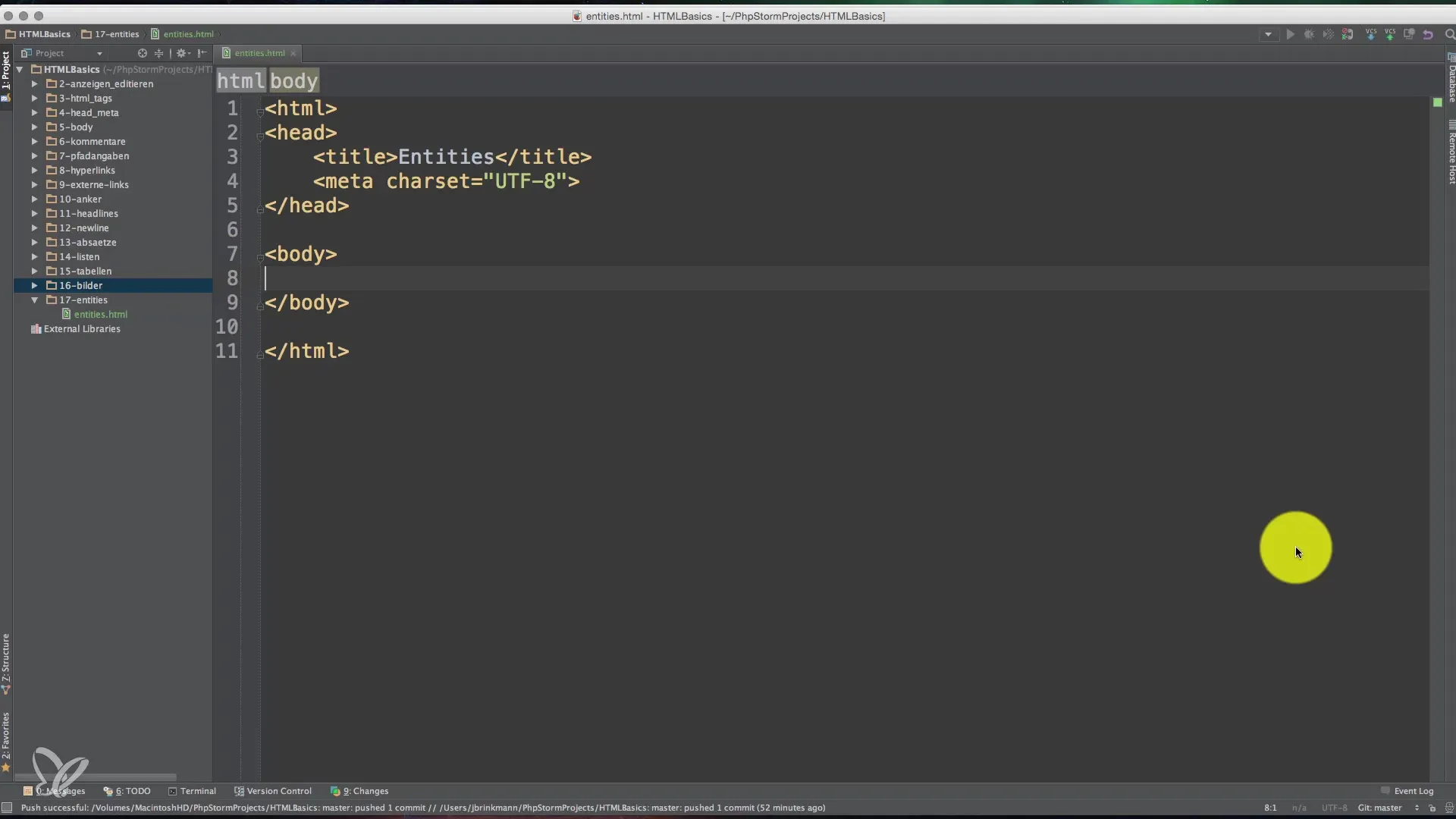
2. Using Reserved Characters
For example, if you want to display the "less than" sign (<) on a webpage, you cannot do this directly, as HTML interprets this as the start of a tag. Instead, you use the HTML entity <. The entire pattern consists of an ampersand (&), the tag name, and a closing semicolon (;).
3. The HTML Entity for "Greater Than"
The same applies to the "greater than" sign (>). For this, you use the HTML entity >. Again, the structure remains the same, meaning you must begin with an ampersand and end with a semicolon.
4. Displaying Entities in Source Code
When you look at the source code of your webpage, you will notice that these entities, such as < and >, are listed instead of the characters themselves. This means that the entities are interpreted correctly to prevent disrupting the appearance of the webpage.
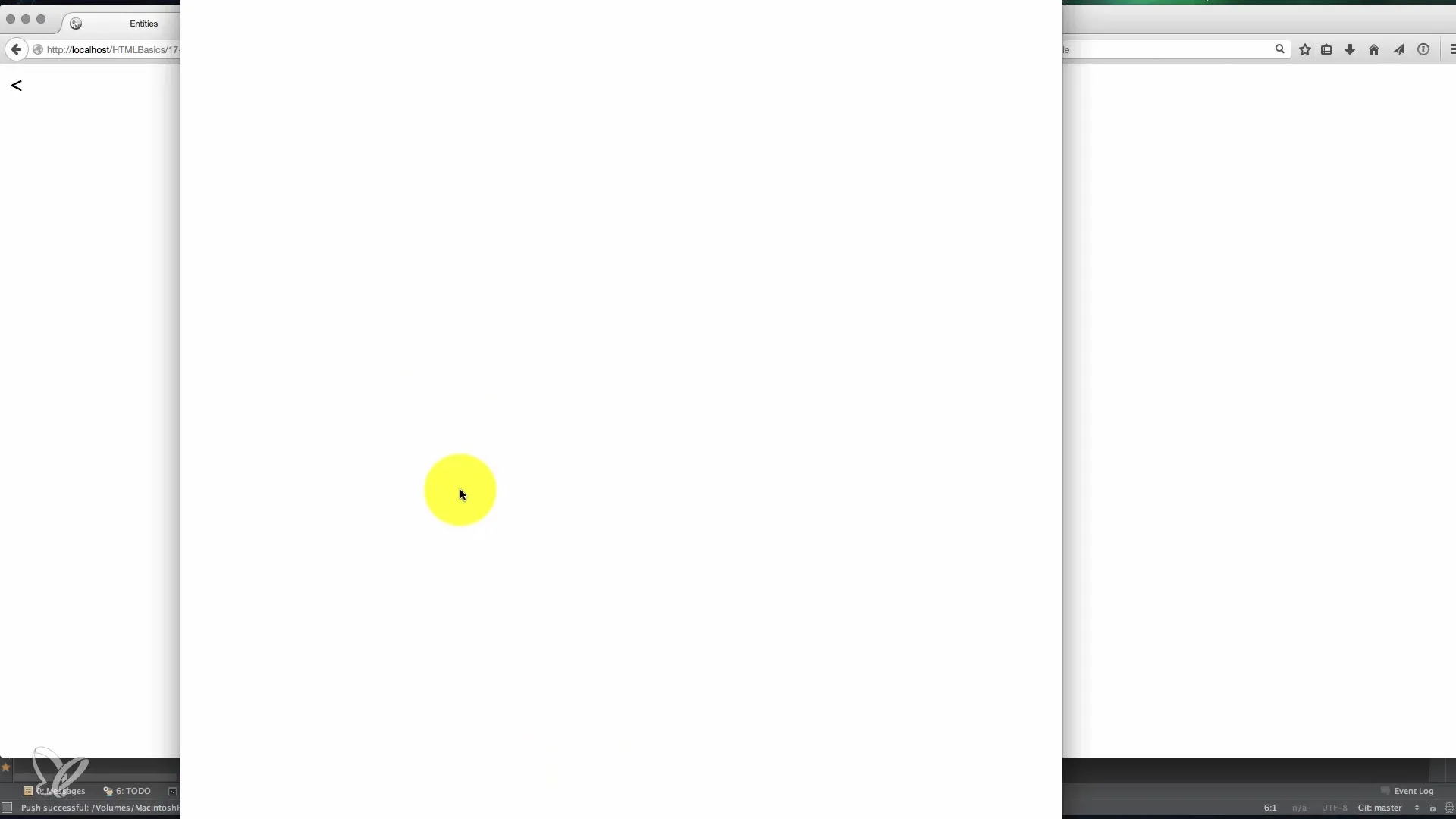
5. Non-Breaking Space (NBSP)
Sometimes you want to represent multiple spaces in an HTML file, but HTML by default only displays one space. This is where the HTML entity comes into play, which represents a Non-Breaking Space. This entity ensures that multiple spaces are displayed without breaking into a new line.
6. Using Other HTML Entities
One of the most interesting aspects of HTML entities is the ability to represent characters that do not exist on a standard keyboard. A good example is the copyright sign, for which you can use the entity ©.
7. The Importance of the Ampersand
Remember that the ampersand (&) is the start of every HTML entity. You cannot simply use it in the text without a valid entity. The correct entity for the ampersand itself is &.
8. Using Quotation Marks
For double quotation marks, you can use the HTML entity " to represent them correctly. This is particularly useful when you need to use quotation marks within an attribute or text.
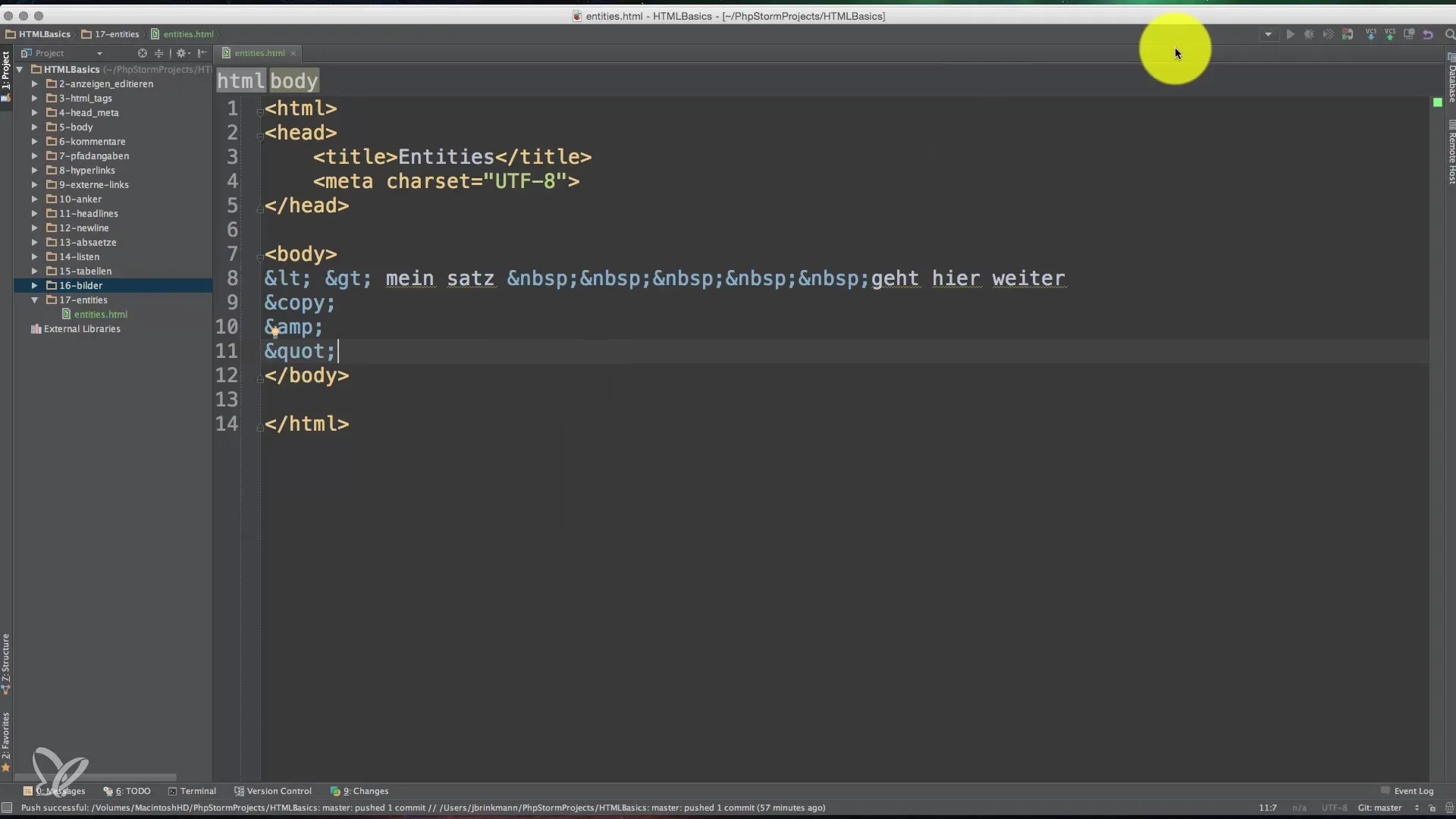
9. Mathematics and Infinity Sign
When you use mathematical terms, special symbols like the infinity sign are also helpful. This is represented by the entity ∞. This allows you to represent the concept of infinity in your documents without causing confusion.
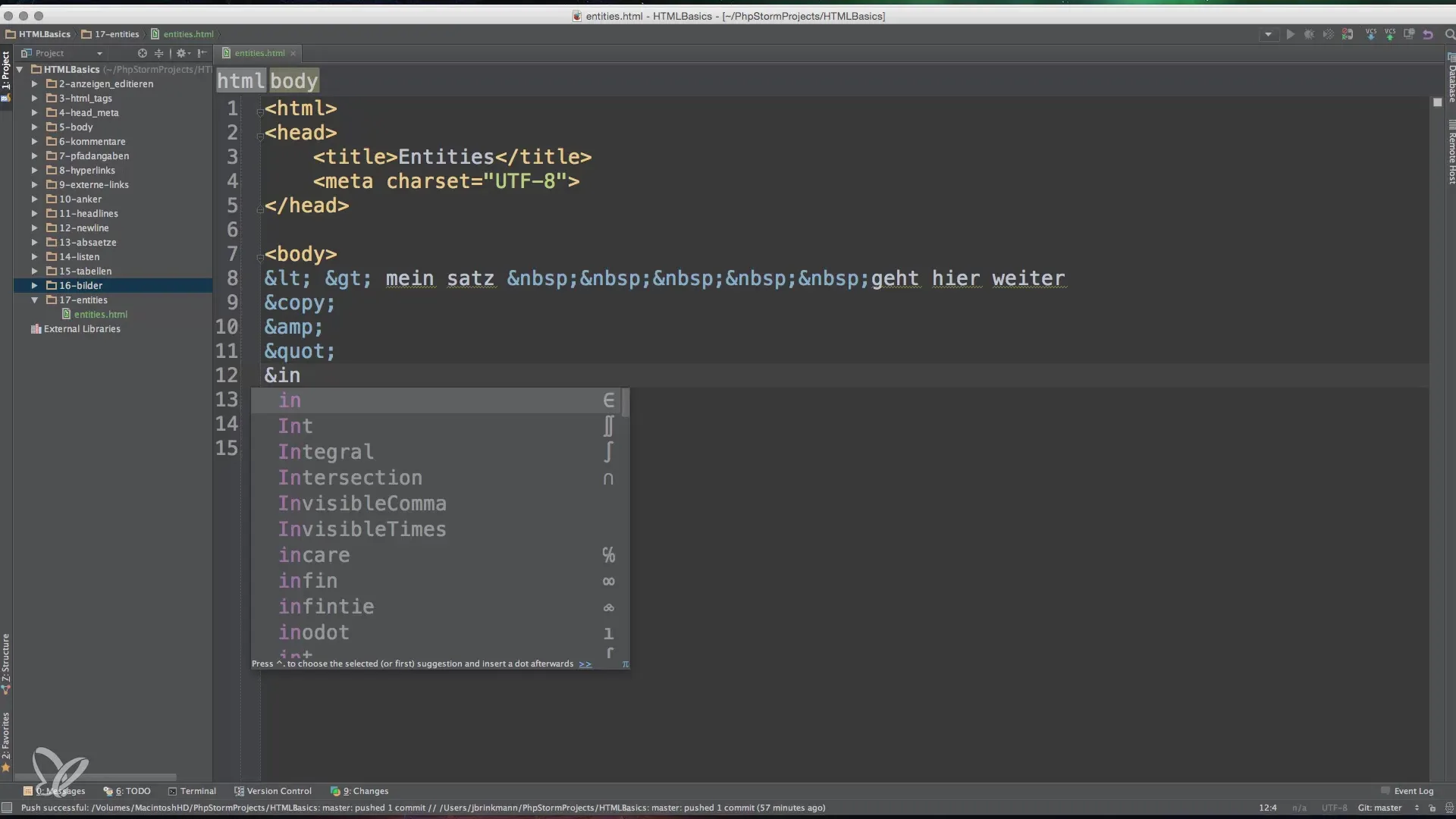
10. Euro Symbol in HTML
For the Euro sign, you can use the entity €. This is particularly useful if you want to display your webpage in different currencies.
11. Using Reference Data
There are many HTML entities that you can use in your work. To find a complete list, you can search online for "HTML entities." This reference will help you find more useful entities that you can use in your projects.
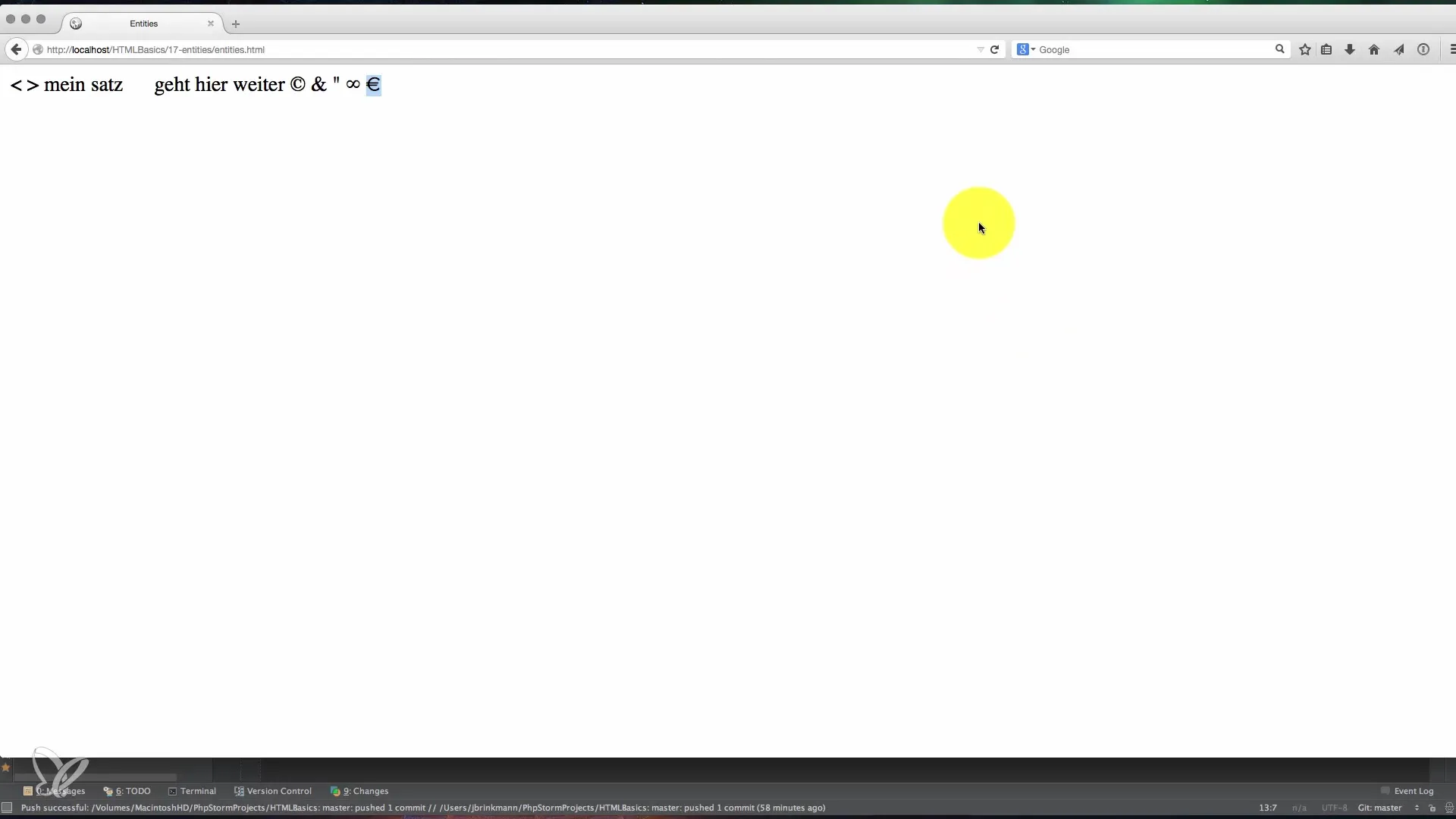
Summary – Effectively Using HTML Entities
In this guide, you learned how to use HTML entities to represent special characters in your documents. The correct use of these entities is crucial to ensure that your content is displayed correctly and interpreted by HTML systems.
Frequently Asked Questions
How do HTML entities work?HTML entities are special codes that can represent reserved characters.
What is a Non-Breaking Space entity?It is , which represents spaces that do not break.
How can I add a copyright sign in HTML?Use the entity © to display the copyright sign correctly.
What is the entity for the Euro symbol?The Euro symbol is represented by the entity €.
How do I find a list of HTML entities?Search online for "HTML entities" to access comprehensive reference lists.


